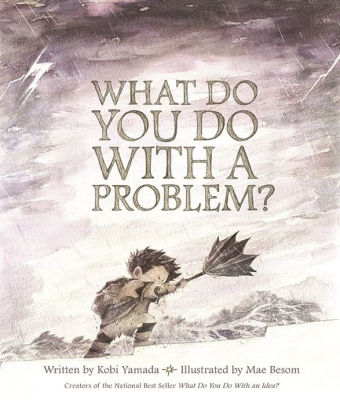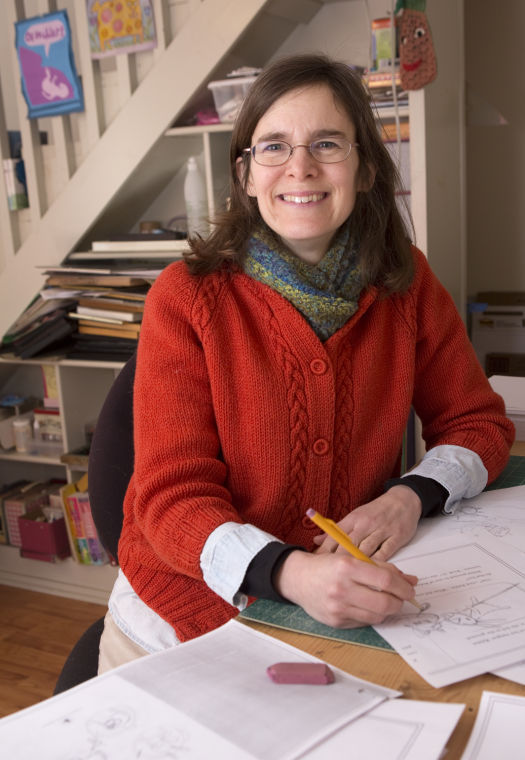Week 3 - Trends in Children's Literature
This week, the focus is on trends in children's literature. I was able to interview a technology and media specialist from an Elementary school over in Howard County, MD. For the sake of anonymity, we will call her Mrs.A. Mrs.A has been a teacher for roughly 19 years and has a wide range of pedagogical experience. She has taught 1st, 3rd, 4th, and 8th grade. Below is a summary of the interview:
- What are some trends you have observed in children's literature, recently?
Diversity. . . students are increasingly able able to see themselves in what they're reading.
- How has this affected your use of literature in the classroom?
Diversity and inclusion in the classroom increases student engagement for her hispanic students. Mrs.A "teach[es] a lot of Hispanic students”. She recently read My Papi Has a Motorcycle by Isabel Quintero and illustrated by Zeke Pena with a class. She was delighted to see “their eyes light up”. They loved to see familiar words in print and hear them being read aloud to the class.
- What resources are best to use when incorporating children's literature in the classroom?
Mrs.A says that teachers often forget that the media specialist is a great resource for planning lessons around literature. They can easily recommend books for specific reading levels and sometimes have excellent ideas for companion activities.
- What tools can help students better understand literature?
Visuals, such as photos, are a great way to help students get a better understanding for what they're reading. Another great tool for improving comprehension is play acting. Allowing students to act out scenes from a book helps them understand what's happening, as well as get a feel for a character's situation, from their perspective.
- How can you encourage a reluctant reader to start reading?
"Find out their interests", Mrs. A says. She suggests providing a reluctant reader with a variety of books about their interests at different reading levels. She suggests allowing students to choose books below, at, and above their current reading level, because there is something they can gain at every level. She also says that even a student reading books below their level is gaining an appreciation of literature. Students reading above their level may be learning bits of information that they will use later on.
- What are some life lessons you teach through children's literature?
Inclusion, kindness, and friendship are all great to teach through literature, according to Mrs.A. She also says that she enjoys using literature to help her teach concepts such as mindfulness and perseverance. Mrs.A uses literature to teach lessons about social and emotional well-being, as well.
Tuck Everlasting by Natalie Babbitt
Winnie Foster explores her family's woods and stumbles upon a boy whose family tells her the secret to their everlasting youth. They tell her of the secret's blessing and curses, and Winnie must decide what to do with this knowledge.
Recommended for grade levels 4-8
Why I love this book:
The story takes place during a very hot August, in a seemingly magical forest which belongs to Winnie's family, but which she has never before explored. When she decides to step into the forest, she finds much more than the adventure for which she yearns. This book is very well-written, with many deep and philosophical thoughts about things to which we don't tend to give much thought. The chapters are relatively small, which may motivate some reluctant readers. Below is a small excerpt from the first chapter:
"The ownership of land is an odd thing when you come to think of it. How deep, after all, can it go? If a person owns a piece of land, does he own it all the way down, in ever narrowing dimensions, till it meets all other pieces at the center of the earth? Or does ownership consist only of a thin crust under which the friendly worms have never heard of trespassing?" (p. 9)
*** WEEKLY CHALLENGE! ***
This week, I challenge you to let your child see you read! Children who see their parents reading for pleasure may be more likely to choose to do this, too. See how your child reacts to seeing you sitting in a nice cozy spot with a good book.
References
Crisp, T., Knezek, S. M., Quinn, M., Bingham, G. E., Girardeau, K., & Starks, F. (2016). What's on our bookshelves? the diversity of children's literature in early childhood classroom libraries. Journal of Children's Literature, 42(2), 29-42. https://www.proquest.com/scholarly-journals/whats-on-our-bookshelves-diversity-childrens/docview/1837539742/se-2?accountid=35812





No comments:
Post a Comment